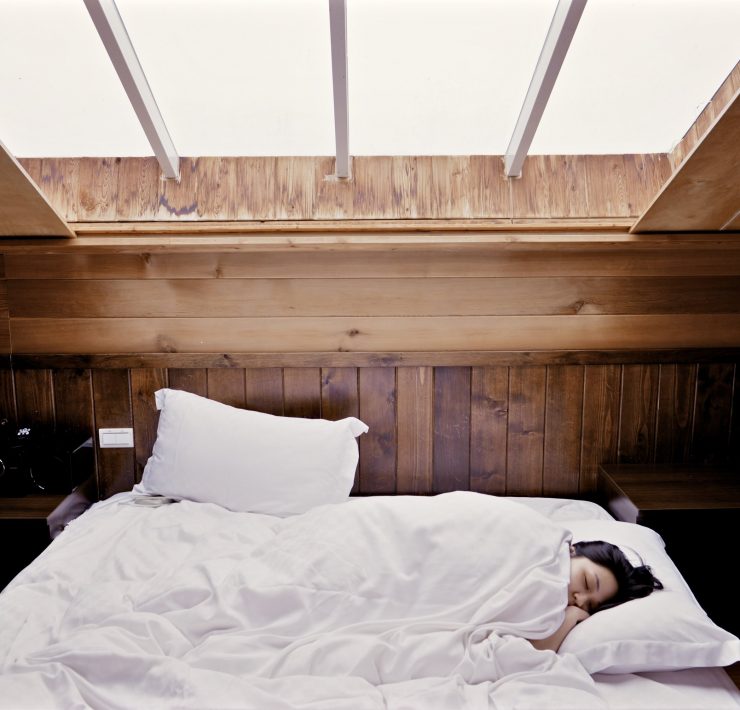There are a lot of unusual things that go on at night: the throng of concertgoers spreading their sleeping bags on the ground, listening to music that lulls them to sleep; the 700,000 or so followers tuning in to sleep playlists on their mobile phones; and folks dreaming sweetly with earphones plugged in, listening to something as ubiquitous as the whirring of a box fan.
For decades, mystics, neurologists, and musicians have probed into the liminal zones connecting sound and sleep. During the Middle Ear Muscle Activity (MEMA), which accompanies the Rapid Eye Movement (REM) states, the tympanic tensor muscles of the eardrum twitch in response to actual sounds that the sleeper hears. The sounds leave their ghostly mark on dreams, invading them in the form frequency, amplitude, and wavelength. “The dreaming mind has [a] way of incorporating the outside interference into the storyline of the dream,” certified dream analyst Lauri Loewenberg tells the Huffington Post.
R.I.P. Hayman—real-life sandman and once the guinea pig of these studies—launched the idea of an all-night sleep concert. He played wave-patterned sounds from flutes, harps, crackling fire, and Johann Bach’s Goldberg variations to an audience that dozed off. One of Hayman’s predecessors, musician Max Richter, launched his eight-hour album “Sleep” in 2015, an oeuvre informed by how low-wave frequency sounds can induce slow-wave phases of sleep where learning and memory apparently occur.
The internet has then given rise to a number of playlists supplying sleep acoustics on loop. There are 2.8 million sleep-themed playlists on the net and growing, some of which involve sounds of radio static, boiling water, and singing birds. The box fan sound in particular has become a staggering hit. Digital companies have since produced background noise apps devoted to putting more people to sleep.
It isn’t the volume, but the sudden change or the inconsistency of the sounds that startle us awake, and steady, repetitive, and low-frequency background noises drown out these intrusive external sounds, consequently diminishing brain wave complexity and inducing a more stable state of sleeping. It takes basic science to explain how the steady drone can mask external noises.
There are those, of course, who offer their own theories on how washing machines can be a nighttime lullaby. Thomas Moore, creator of the app “White Noise,” simply says that people are most relaxed when they hear sounds associated with their childhood. So whether it’s rain, classical music, or the whir of a household apparatus, there really is no limit to what sounds can ferry us through those elusive hypnagogic streams.
This story was originally published in Northern Living, January 2016.











































